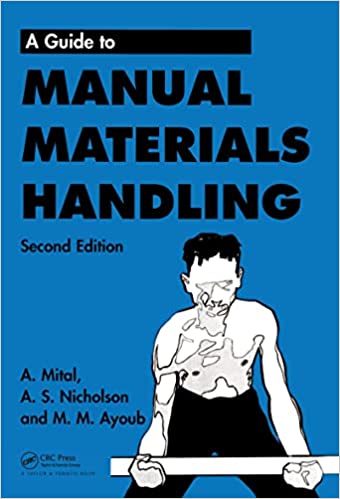Have you ever wondered what the best standards to have in industrial ergonomics software are? Well, we did, too and I wanted to share the results.
1 – ISO 14738
This standard is a must when designing or assessing standing or sitting work stations. This standard will provide exact reach zone limits depending on your worker anthropometry. It is a keystone of our application Ergonomic Workplace Design since it can indicate exactly what is the problem with the workstation design (i.e., too far, too low, too high, etc.).
We’ve also used it to determine what is the optimal height or depth of a work station.

2 – EN 1005-4
This is an amazing standard that analyzes the joint angles, but also the task frequency and for a wild variety of joints: head, neck, trunk & shoulder. Using its simple array you’ll know if a task is acceptable, unacceptable or acceptable under certain condition.
Simple and easy to use, we are making a great use of it inside Ergonomic Workplace Design application. The only down side is that it does not consider the wrist or elbow joint. So you’ll have to use other standard for that (like ISO 11228-3 for example).

3 – Mital A. Guide to manual materials handling. CRC Press
We’ve cheated a little bit here since this is not really a standard, but we found it so useful that it is like a standard for us!
This book provides amazing guidelines for manual material handling. For common manufacturing tasks like: lifting, pushing, pulling, carrying.

We’ve used it inside Ergonomic Workplace Design to determine the limit weight that could be lifted by a worker (this is the upper limit).
These are our top 3 ergonomic standards! Of course, the choice was really hard. We we could have also added: Revised NIOSH equation for the design and evaluation of manual lifting tasks, RULA, REBA. However, we thought you might already know them.
If you’re interested in learning more about ergonomics, read our DELMIA blogs: The Ergonomic Answer to How Far to Place an Object; 4 Tips for a More Ergonomic Production Line. Watch our podcast on Ergonomic Workplace Designer in 30 Minutes.
Continue the conversation in the DELMIA Ergonomics community.

